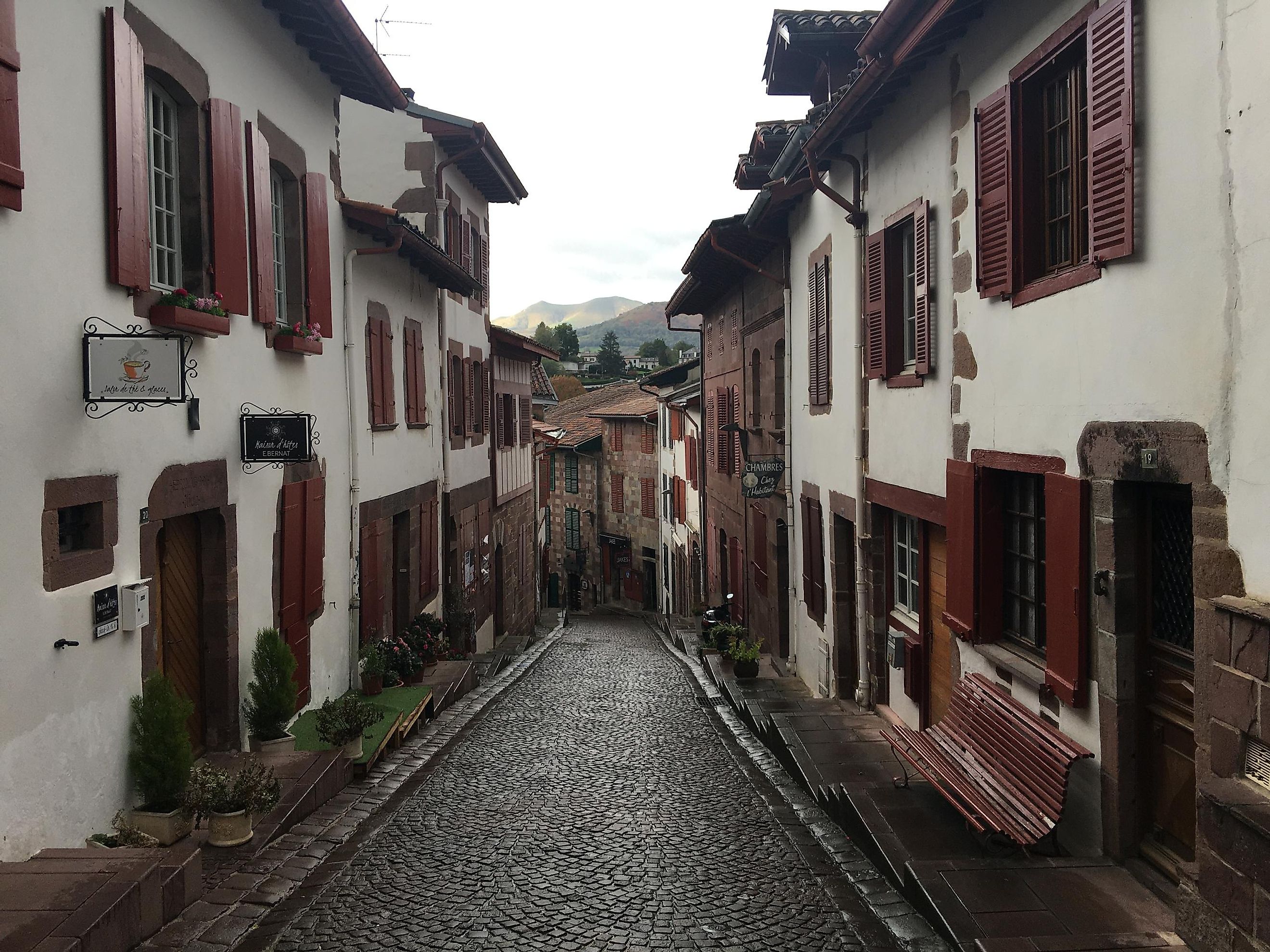
The Camino Francés: Lessons from an Off-Season Pilgrimage
Footsteps crunch on the gravel country roads – a practical auditory and proprioceptive guide as the sun struggles to rise through November clouds.
When walking the Camino de Santiago, each pilgrim can set his or her rhythm. I like to push off early while the world is still asleep. Those first few miles, and perhaps the last few after a long day, are some of the most spiritual – if that sort of thing interests you about this medieval pilgrimage across Spain.
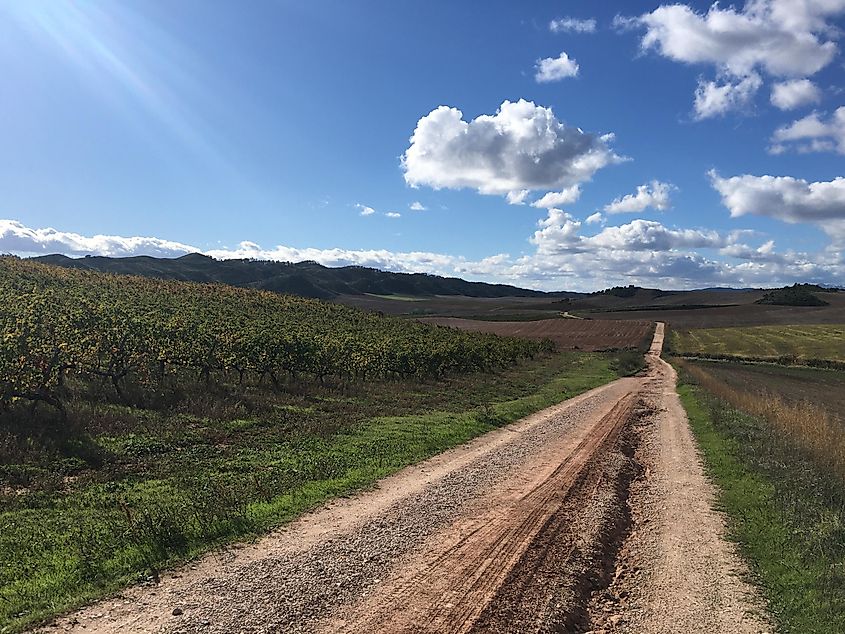
The Camino Francés, like all Caminos, traces its roots to the 9th century, when the remains of the Apostle St. James were reportedly discovered in Galicia, near Finisterre ("The End of the World"). By the 11th century, thousands of Christians were making the long journey on foot, to reach the budding town of Santiago de Compostela, to pay their respects and purge their sins. Nowadays, this UNESCO World Heritage Site and Cultural Route of the Council of Europe attracts a wide range of travelers – all of them seeking something. I turned to the Camino Francés in the off-season, in order to explore the most popular of the Camino de Santiago routes in the absence of its summer crowds. I also craved a physical challenge (I initially planned to run it, but more on that foolish decision in a minute). Lastly, I wanted to open myself to the religious tradition – having ignored this aspect last year on the Camino Portugués.
Read More: History of the Camino de Santiago
Off-Season Struggles
Despite some modest research, I failed to comprehend how stark a shift occurs after November 1st. From early Spring up until this point, practically every small town operates albergues (i.e. hostels devoted specifically to pilgrims), cafes, taverns, and all the other bits of infrastructure that make for a social, easy-going hike. However, when that final X strikes across the October calendar, a great deal of those villages shut down entirely, and the larger towns only keep minimal services going. This means that some daily strategizing may be necessary.
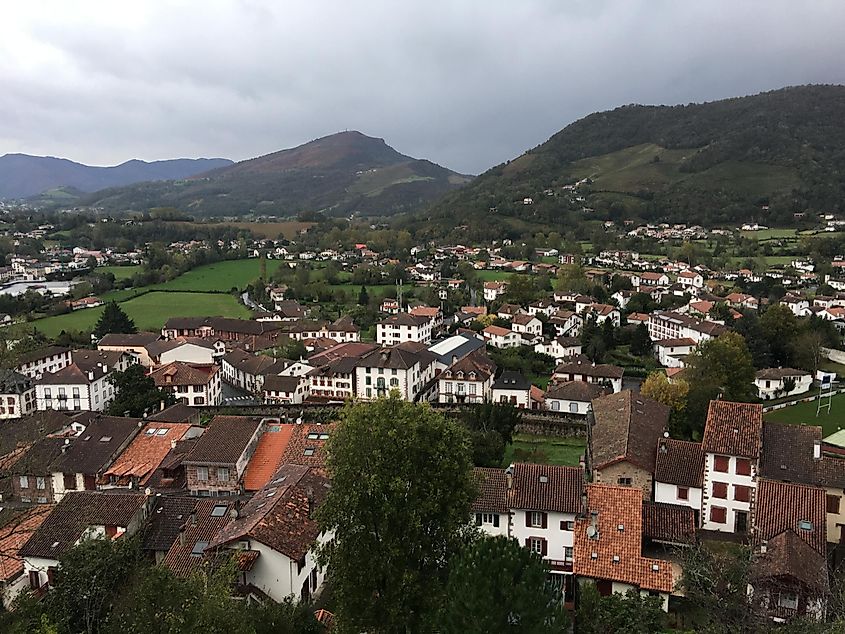
Being allergic to planning myself, I relied on those early starts (and therefore extended walking hours) and endurance to keep me going town after town in search of accommodation. I always knew that I would find something (and I always did, for as older pilgrims will tell you: "The Camino provides"). And I found that the necessity to push onward delivered on that physical challenge I sought. But be forewarned, prospective off-season pilgrims, during this time of year, the Camino Francés is not the no-brainer adventure you may have read about.
Another unexpected and rather unfortunate twist in this off-season Camino plot was the fact that the Napoleon route through the Pyrenees is "closed" after November 1st. Given that there is no practical way to shut down a mountain trail, I put "closed" in quotations. But the word on the street (and in the pilgrim's office) was that Spanish authorities were issuing steep fines on the other side.
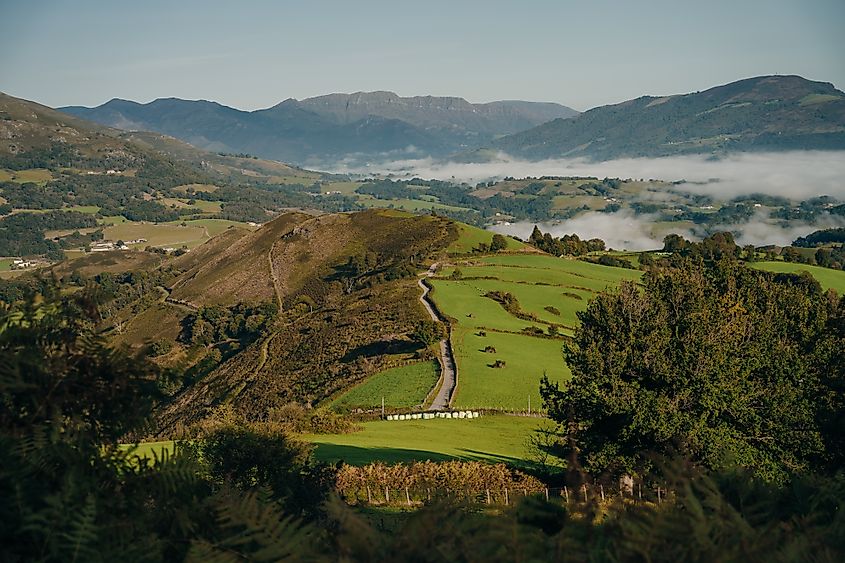
This first stage out of St.-Jean-Pied-de-Port, France, is widely considered the most beautiful but also the most strenuous and exposed. The rest of the Camino, while challenging in different ways, is more in line with an introspective pilgrimage rather than an intense or technical hike. But heading up and over the Pyrenees can be an ordeal – especially considering that the Camino (ever-growing in popularity) attracts many non-experienced hikers. Because of the erratic weather and demanding elevation profile, many expensive rescue operations have had to be performed in recent years. Hence, the decision was made to steer winter pilgrims to an alternate path. I still found the Valcarlos variant to be challenging, beautiful, and all-around satisfying. However, starting just three days after this cut-off date (and in the pouring rain, mind you), was the first indication that this would not be the adventure I envisioned. The Camino, in all its wisdom, would decide what I needed.
Basque Beginnings
Day one of the Camino Francés (if starting from SJPP, that is), gives pilgrims a peak at French Basque Country before delivering them to the Spanish autonomous community of Navarra (itself part of Spanish Basque Country), on the other side of Roncesvalles Pass. Even though this route is called the Camino Francés, only the first day of the typically month-long journey is spent in France. For this reason, I took an extra day in St.-Jean-Pied-de-Port (or Donibane Garazi, in Basque) before pushing off, and I was also grateful to have spent a half-day in Bayonne on my way over.
Read More: How Far is the Camino de Santiago?
Those who start their journey from elsewhere in France (some as far as Paris) are funneled into this historic mountain village where scores of fresh-faced pilgrims greet them. While most people start much closer to Santiago, SJPP remains a popular starting point for those wanting the whole Camino Francés experience at Sarria. The slender and lengthy cobblestone street (Rue de la Citadelle/Rue d'Espagne) that constitutes most of the old town has an infectious energy to it – as if it reflects the enthusiasm of soon-to-be pilgrims, as well as the spirit of all our peers that have come and gone over the last millennium. The old town is also partially encapsulated by a fortress wall (which you can walk along the top of). Something about the gloomy weather during my brief stay made me feel like I had stepped back in time – a pleasurable feeling that the Camino would deliver repeatedly.
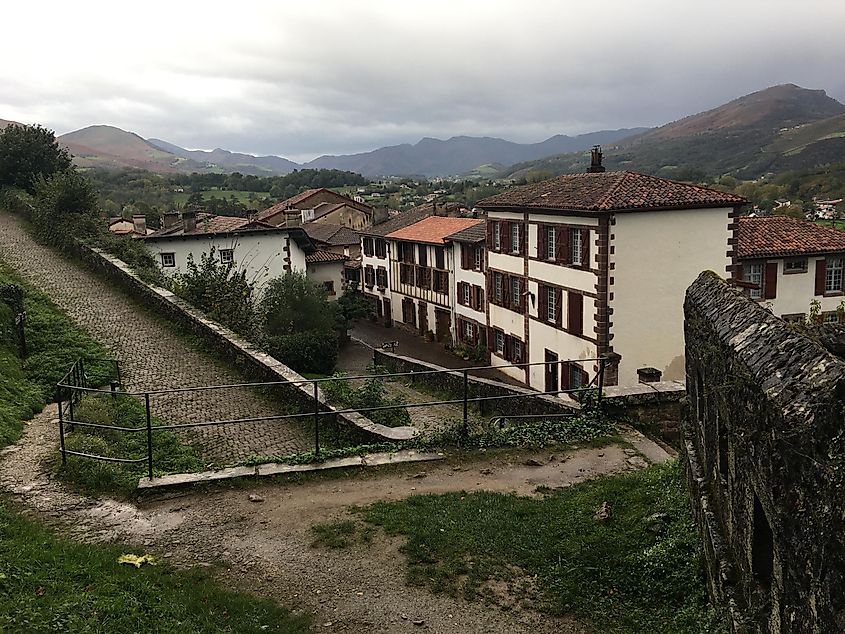
Toasting to Hemingway in Pamplona
Spain has a rather complex historical and political breakdown. There are autonomous communities (similar to states), smaller provinces within them, counties, cities/towns, etc. There are also historical kingdoms, cultural subregions, and a mix of intriguing, albeit disorienting, languages (ex. Basque, Catalan, Galician, etc.). Many citizens under the banner of Spain are proud of their heritage and even outright refute newer political categorizations. In fact, during the time of this pilgrimage, separatist protests were happening throughout the country.
Geopolitics aside, the early stages of the Camino Francés brought forth several distinct transitions. Enjoy it while it lasts, for the exact opposite is true across the Castilla y Leon maseta (plateau). Day one sees the French Basque Country give way to its Spanish counterpart, and before you know it, the bull-running streets of Pamplona – the capital city of Navarra.
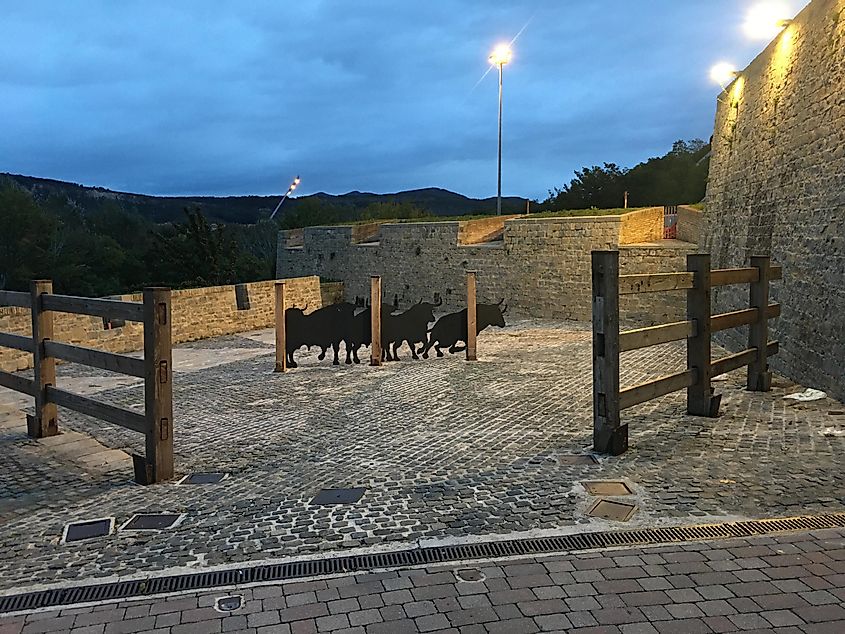
Popularized by Ernest Hemingway in his novel The Sun Also Rises (or Fiesta, as it is titled in Spanish), Pamplona is a place to savor. Thankfully, it is a logical city from which to reach SJPP (it is also a popular starting point), so I could spend a night there before even starting the Camino. I then had lunch on my walk-through, and I even took the train back after my pilgrimage. There are some 50 pintxos bars (note: in this part of Spain, the small plates are called pintxos, not tapas) in the streets surrounding the Plaza del Castillo. Pamplona is also partially enclosed by a medieval stone wall (a standard fixture of the major Camino hubs and a sign of the tumultuous history of the Iberian Peninsula).
Read More: The Classic Routes of the Camino de Santiago
Though the legs may be sore after a few days of walking, simply strolling the streets of Pamplona is one of the main highlights. My first experience with this feisty town was on Halloween night. As I walked into the old town, I saw everyone and their dog dressed up (either in costume or their best nightlife attire). The action was still flickering on the following day. It seems Pamplona likes to party year-round – not just during the world-famous San Fermin Festival (i.e., when the bulls chase brave volunteers through the streets).
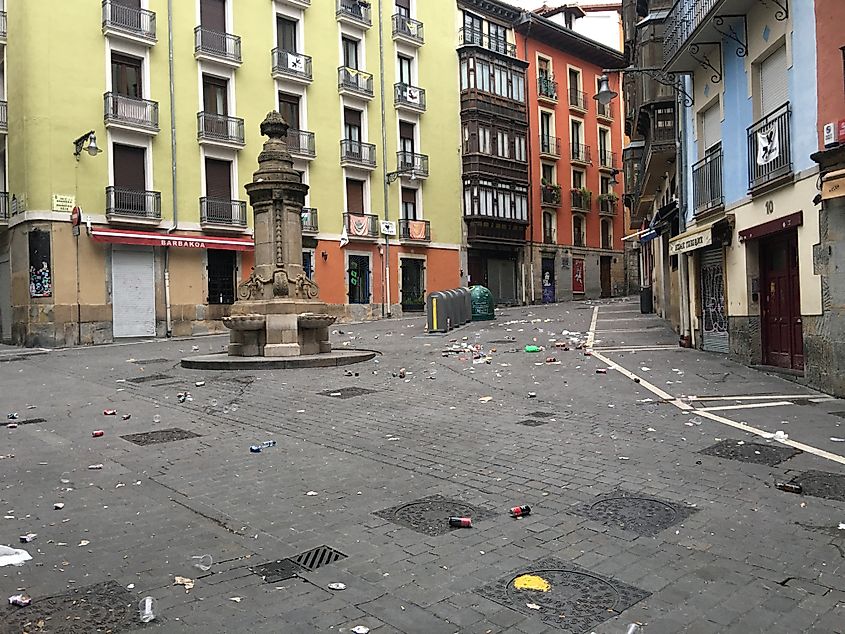
By this point in your sojourn, you will begin to realize why there is a saying: "No vino, no peregrino." Spain, after all, registers as number seven out of the Top 10 Alcohol Consuming Countries in the World. Both the beer and wine are cheap and of excellent quality. Red wine is also symbolic in the Catholic faith, further boosting its presence on this pious path. Peregrinos (pilgrims) pass bottles around the albergues to keep warm, hosts/restaurants pour it generously with each menu del Peregrino (set menus that are reasonably priced for hungry travelers), and shortly after leaving Estella, there is even a wine fountain. Bodegas Irache has been providing free wine to weary pilgrims since 1891. It comes out of a tap that looks just like a water fountain. Needless to say, this continues to be a big hit and makes the following miles that much more angelic.
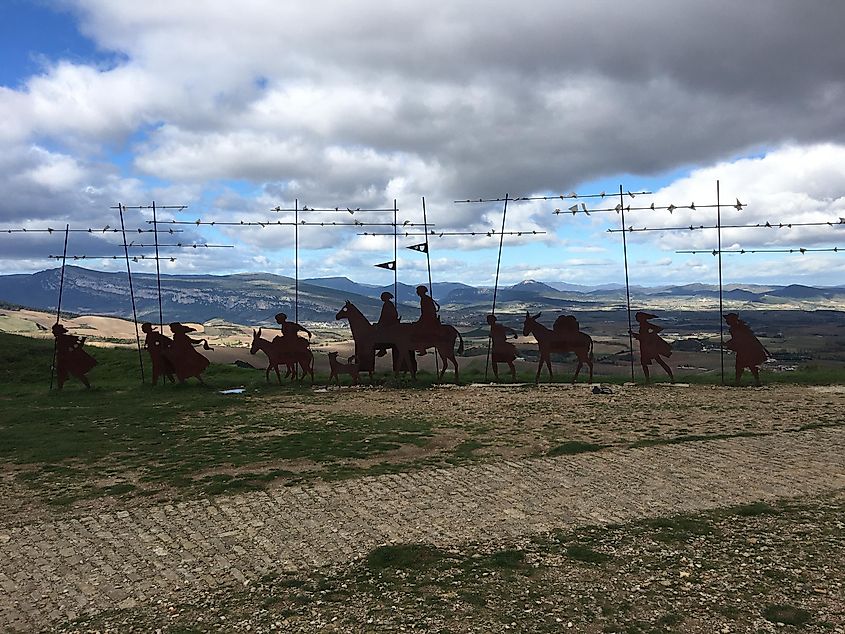
La Rioja: No Vino, No Peregrino
Speaking of red wine, the small autonomous community of La Rioja is a "Qualified Destination of Origin" wine region (i.e., the highest standard in Spanish wine regulation). It is immediately recognizable by the reddish soil (which is said to give the grapes their unique flavor). Here, the landscape changes color and texture (there's a softness to the steady stream of vineyards) and its shape. As opposed to outright mountains, the rolling hills invite a more pleasant daily walking rhythm. Here I am speaking generally rather than from personal experience because I decided to take an unconventional approach to my pilgrimage that gloriously backfired. The capital city of Logroño offers another viable starting point for time-sensitive pilgrims and a place of respite for those with an abundance of it.
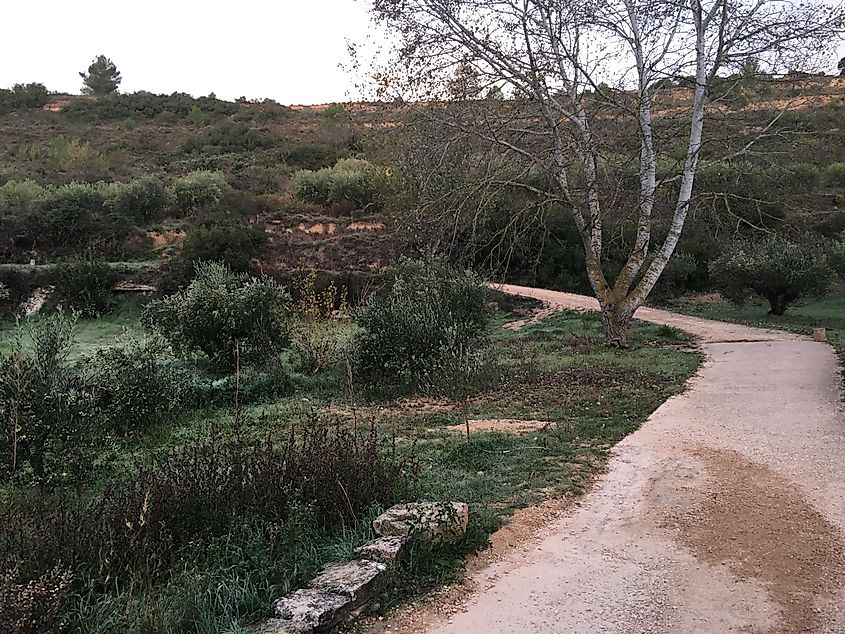
Running the Camino?
I attempted to jog the Camino because I had just finished a trail-running season with mixed results. I completed my first 50-miler (80km), but failed my second attempt at a 100km mountain race. This left me with a sense of unfinished business and with the nagging feeling that I had something to prove. I, therefore, looked at the 800-kilometer (give or take because of the various alternative routes along the way) Camino Francés as a chance to test my multi-day speed endurance. My conservative goal was to get to Santiago in 20 days (i.e., 40km/day). But in my heart, I figured I could do at least 50 km/day. So on day one, I blew right past Roncesvalles and knocked out 47 kilometers (and that included thousands of feet of elevation gain). Day two was a bit shorter because of how the towns were spaced, but on day three, I logged my first 50-kilometer session. I felt fantastic while doing so, but a storm was brewing beneath the surface.
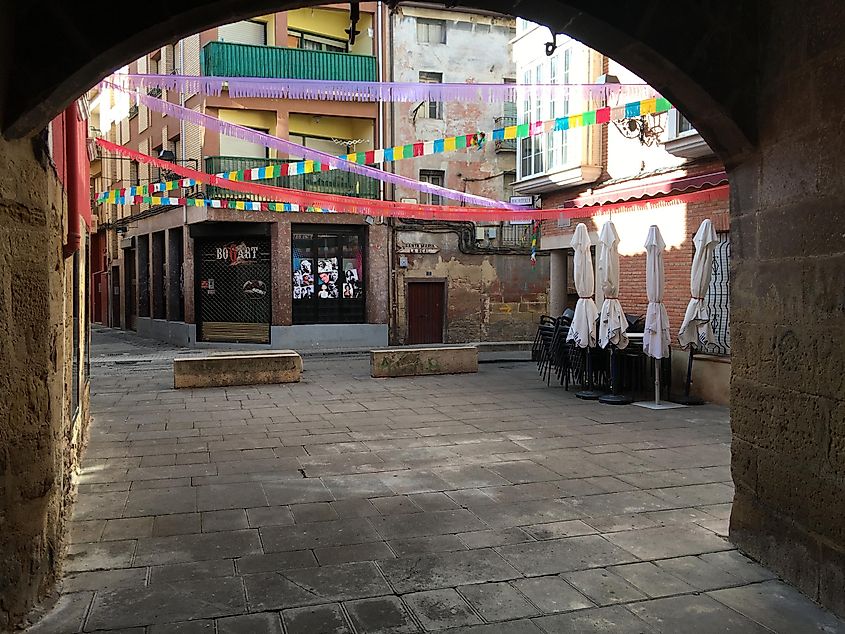
Fun Fact: The Fastest-Known-Time (FKT) for the Camino Francés is held by Óscar Pasarín. He completed a supported traverse in just 6 days, 14 hours, and 49 minutes. The fastest self-supported pilgrimage was done in a little over 10 days by Andrew Merkulov. The women's supported record belongs to Jennifer Anderson. She did it in 9 days, 5 hours, and 29 minutes.
Injuries on the Camino
By far the most frequent sickness for pilgrims is blisters. Long days on a mix of paved and gravel roads, plus sections of rocky/muddy trails thrown in for good measure (with each day bringing different weather conditions), make selecting the proper footwear for the job challenging. No one shoe or boot is ideally suited to all scenarios, and so, at some point, the feet tend to suffer. Lack of specific training can also exacerbate matters. Many pilgrims do not train seriously before arriving for their month-long trek. And even the ones that do are rarely able to simulate the daily grind of being on the Camino. Doing a 20km hike is one thing. Doing it with a pack is another. And repeating this (or more) daily is quite another beast entirely. Add in lack of sleep (there is always someone snoring in the Albergue), irregular nutrition, overdrinking, and a lack of clean clothes, and the formula becomes even more unpredictable. Pilgrims usually doctor up their feet in the evening and limp around the kitchen come morning.
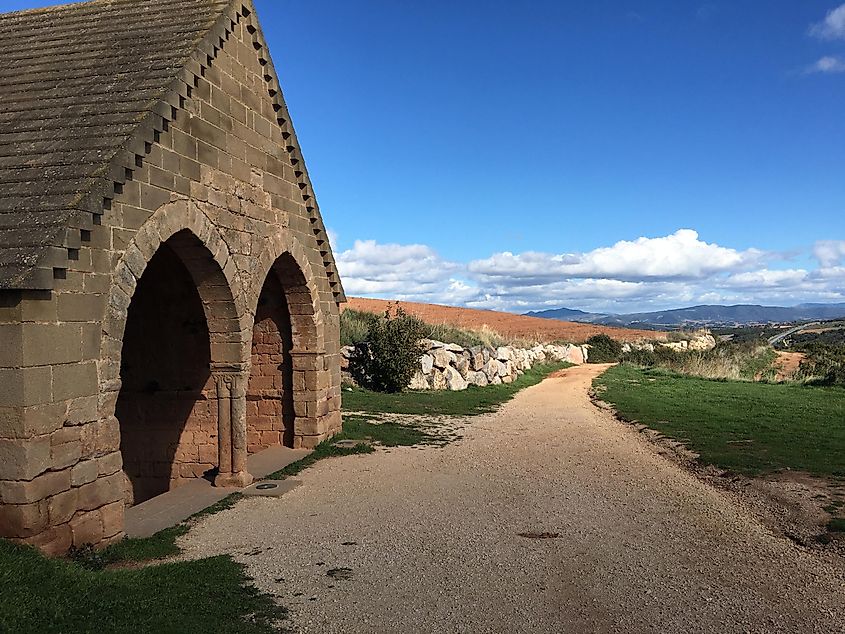
Personally, I am very fortunate in the blister department. I think part of it is luck, part of it is my hiking and trail running experience, and part of it is my decision to prioritize lightweight/breathable footwear over more cushioned or stable options. I have never had success with a high-cut hiking boot. And I honestly haven't met many people who have. Seeing pilgrims with boots strapped onto their backpacks instead of wearing sneakers, sandals, or even Crocs is quite common. And yet, most people on the Camino and trails worldwide continue to spend exorbitant amounts of money on these chunky foot shredders. Another saving grace I've discovered in terms of not getting blisters is using a combination of Injinji socks (the kind with the individual toes) and lubing up with Vaseline or some other anti-friction rub.
My issues on the Camino were classic overuse injuries shared by many pilgrims. My left knee buckled under the strain because I did too much, too soon, and because I hadn't practiced running enough with my fully loaded backpack. My best guess is that it was a mild tendonitis stemming from the iliotibial (IT) band. Then, because I was overcompensating with my right leg, the lower shin on that side swelled up like a clementine (most likely shin splints). This is another unpredictable challenge of the relentless Camino. In training, people may do a big weekend hike and feel understandably sore afterward, but then they rest during the work week – perhaps doing yoga or a spin class to round things out. A balanced lifestyle cannot prepare one for the steady stress the Camino puts on the body. Therefore, the only sensible solution is one that I've been told two years in a row and for two years have ignored: start small and build up as you go.
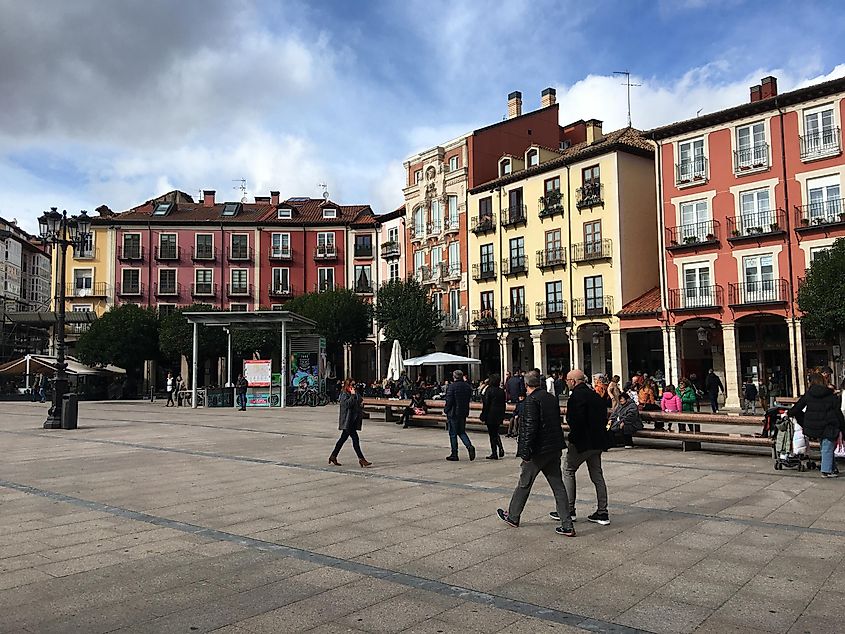
Remember how I said I got the Camino I needed rather than the one I wanted? By day four, I recognized that my arrogance/ego had led me astray. The Camino is about seeking, not rushing, boasting, or pretending like you have it all figured out. Besides, for as much ground as I had covered, the pilgrims who took a slow and steady approach caught up with me anyway after I was forced to take almost two complete rest days in Burgos. As it turns out, this is a fantastic city to spend extra time in. I recommend visiting the Museum of Human Evolution, and if you have any interest in Catholicism or the religious roots of the Camino, attend mass at the massive Cathedral of Saint Mary of Burgos (they even do special services for pilgrims). The Camino provides.
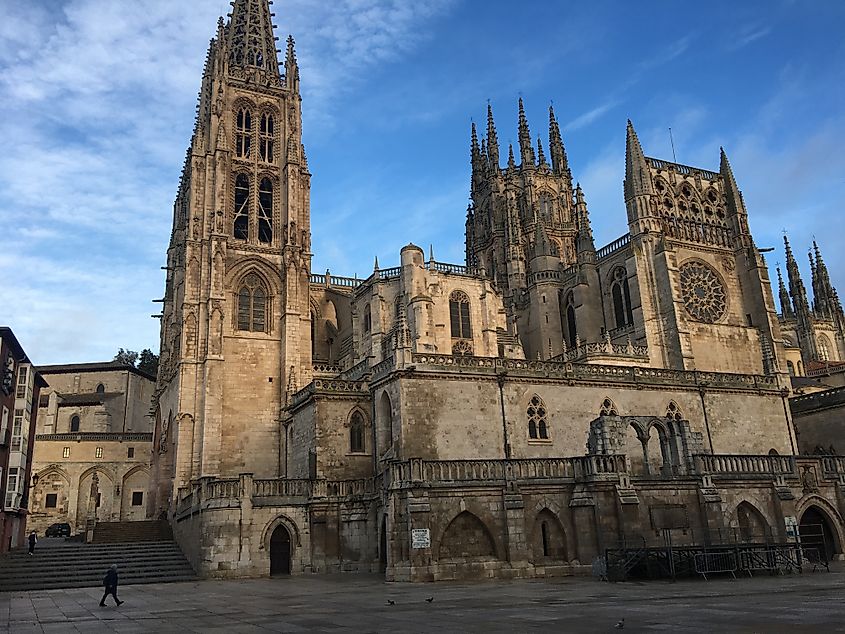
Read More: The Camino Francés: The Plateau and the People
I would eventually get my mojo back and cover even longer distances than before, but it was all done by walking. Ultimately, I made it to Santiago in precisely 20 days – just as I had predicted. Still, the mission was accomplished with a much more sinusoidal trajectory than I could have possibly imagined. But let's not get too far ahead of ourselves. Next, we must appease the relentlessly long, flat, sometimes monotonous, sometimes serene section across Castilla y Leon.
Buen Camino!







